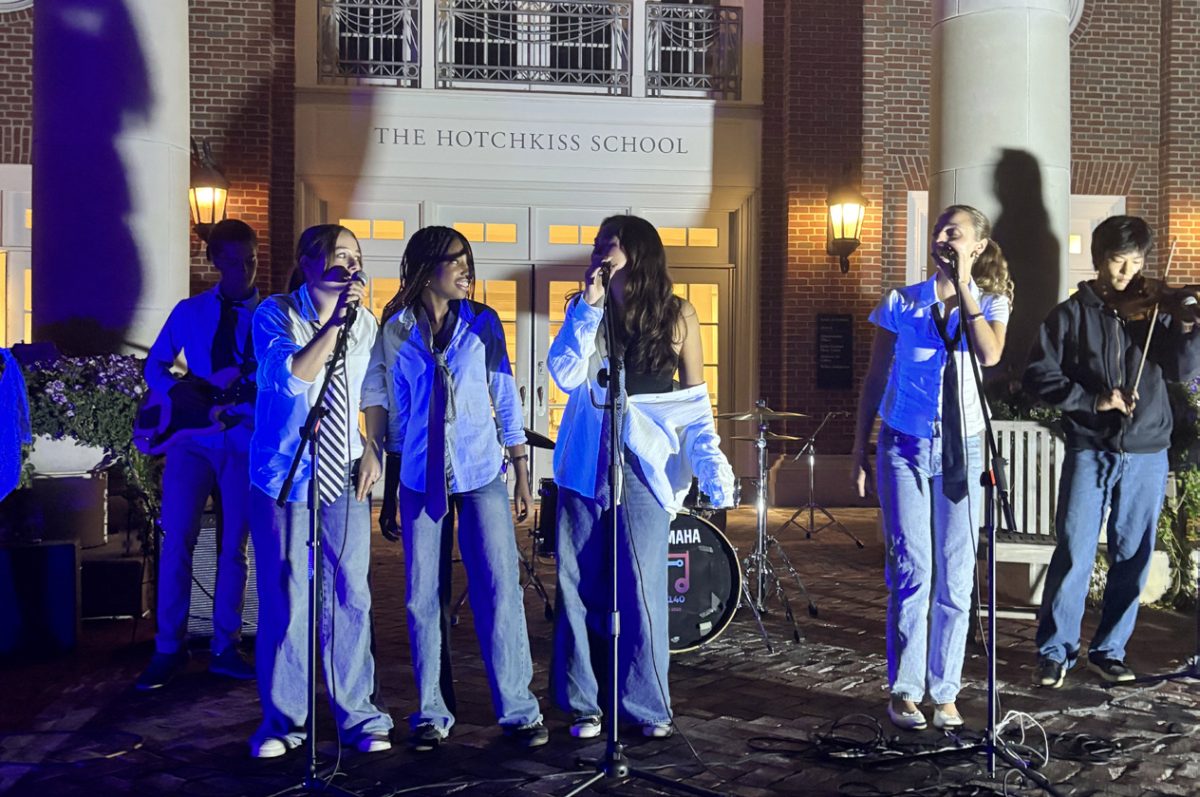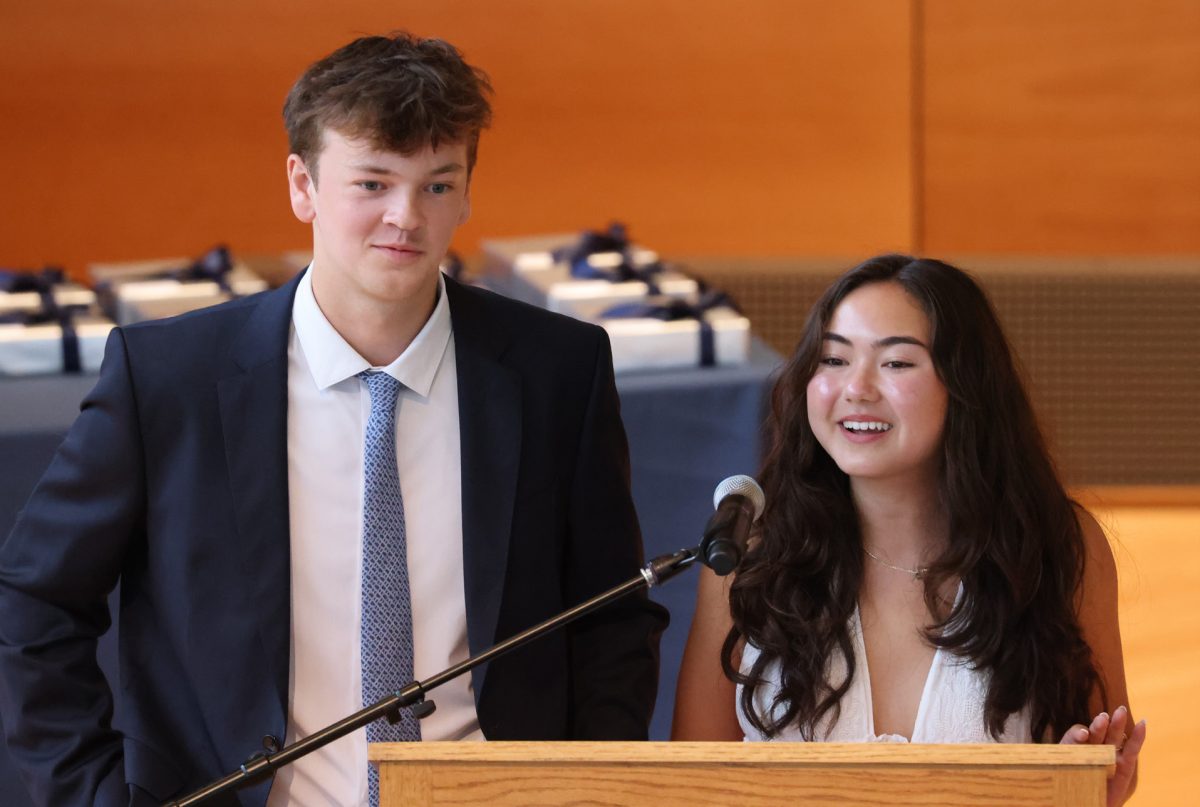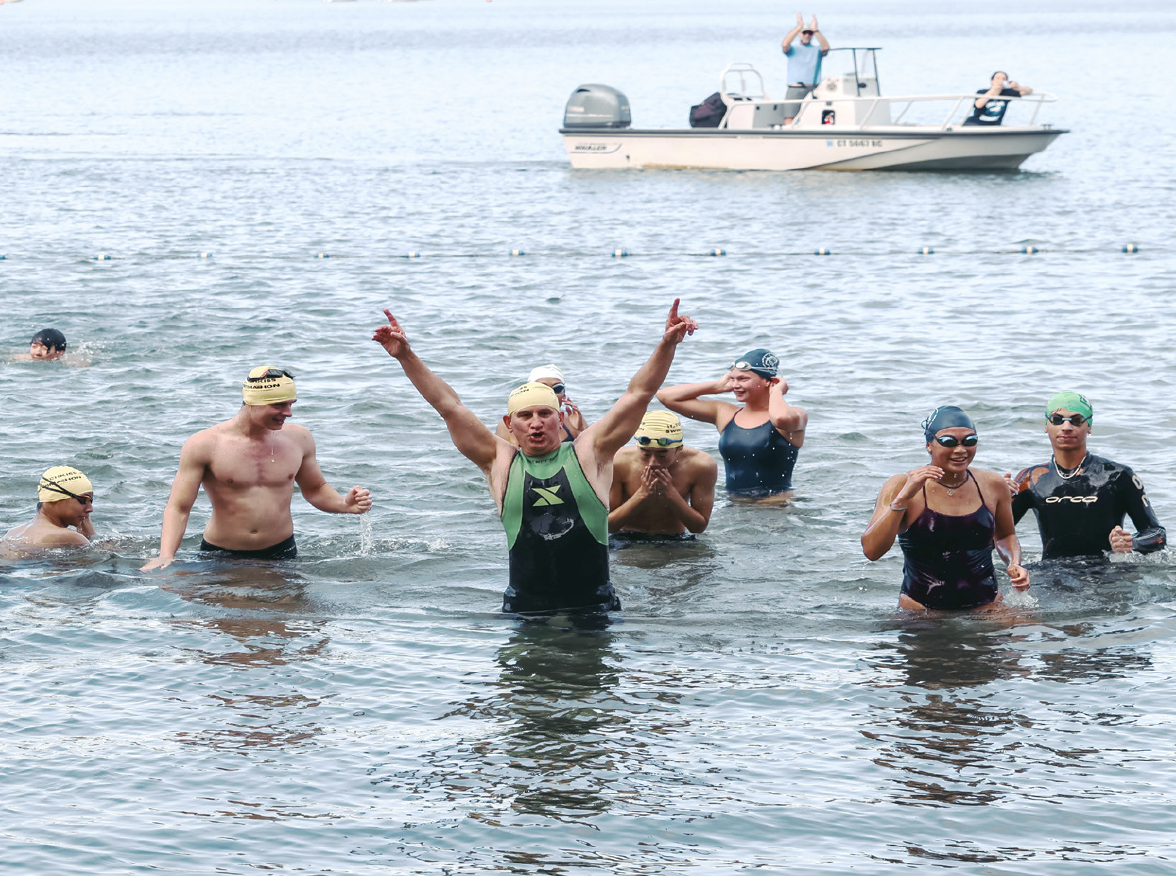This spring, community members gathered for the latest installments of the annual Lambert and Preston Lectures.
The Lambert Lecture, which took place on April 27, was created in memory of Christopher Lambert ’76 by his parents Mary Lambert and Paul C. Lambert ’46. Every year, it brings a distinguished author to campus. This year, the school invited American poet and literary critic Edward Hirsch.
Mr. Hirsch’s lecture included readings of his own poetry, including “Cotton Candy,” a poem about the last day he spent with his late grandfather, and works by other distinguished authors such as Walt Whitman.
Susan Kinsolving, instructor in English and poet in residence, said, “I’ve heard a lot of poets, and Mr. Hirsch is among the very best. He is an excellent speaker because he is erudite and accessible.”
Yvie Dillard ’26 said, “I think Mr. Hirsch was one of the best speakers we’ve had. It felt like he was having a conversation and not just giving a lecture. He wasn’t solely reading off a paper, but reciting poems from memory and speaking from the heart.”
On May 2, archaeologist, art historian, and anthropologist Dr. Marie Nicole Pareja Cummings delivered the Preston Lecture.
Organized by the Humanities and Social Sciences department, the Preston Lecture invites speakers who specialize in Western history. The annual lecture series is supported by the Preston Speakers Fund, established in memory of Ted Preston ’79.
In her lecture, Dr. Cummings presented her research on monkey imagery in Bronze Age Aegean art, arguing that the style of the monkeys in Aegean wall paintings enables scholars to trace possible trade routes across Europe and Asia.
Throughout her research, she has worked with specialists in Indus and Mesopotamian iconography, as well as primatologists to help her identify the monkey species.
Chloe Kesmodel ’25 said, “It was almost like detective work. Dr. Cummings described how they’d spot a monkey from Asia in a painting in Greece and then they could follow a trail of clues.”






